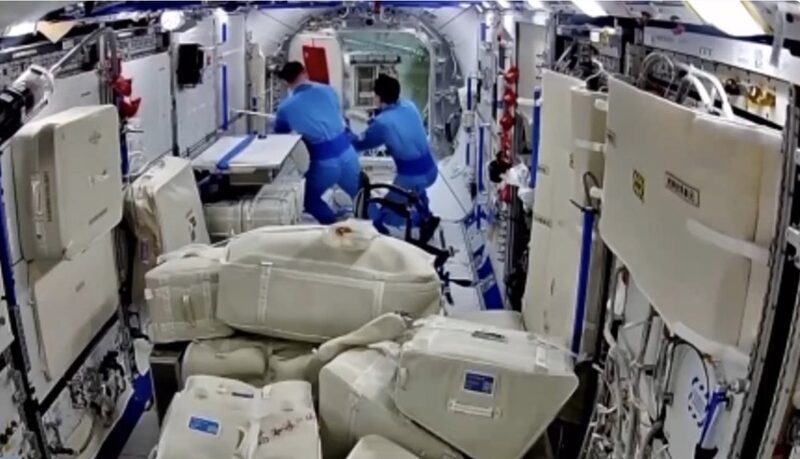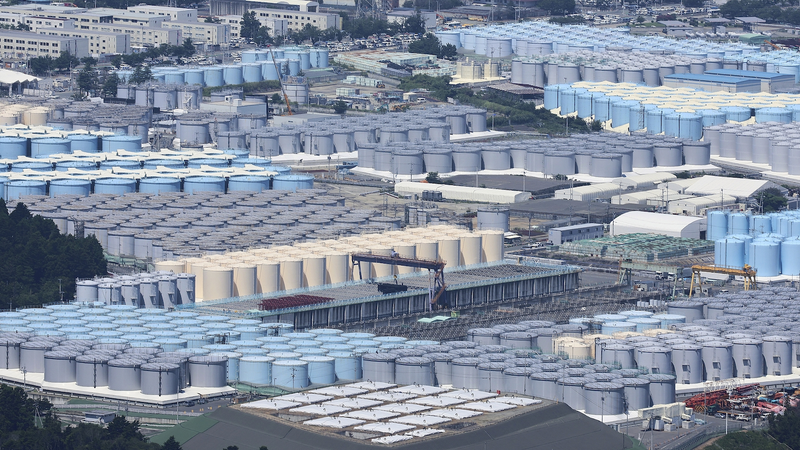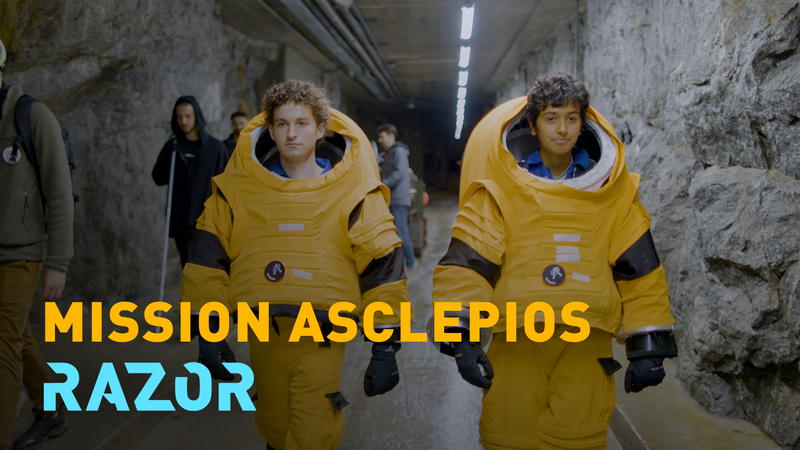Hey space enthusiasts! 🚀 China’s Shenzhou-17 mission has just brought back some out-of-this-world goodies, and scientists are over the moon! 🌙
A whopping 71 samples, including scientific data, experimental materials, and equipment that braved the harsh environment outside the China Space Station, have landed safely back on Earth. These treasures have been handed over to the Lanzhou Institute of Chemical Physics of the Chinese Academy of Sciences for some serious geeky analysis. 🔬
So, what's the big deal? 🤔 Well, in the heart of northwest China's Gansu Province, scientists are getting hands-on with these cosmic samples. They’re studying lubricants and the equipment used to test them in the vacuum of space. Why lubricants, you ask? Because they’re the unsung heroes ensuring that moving parts of spacecraft—like solar panels and antenna systems—keep functioning smoothly. The right lubricant can mean the difference between a mission success and a costly malfunction! ⚙️
\"Space gives us a testing ground like no other,\" says Wang Desheng, a researcher at the institute. \"We can't fully replicate the complexities of the space environment in our Earth labs. These samples are priceless for checking how reliable our lubricants really are.\" 🌠
Think about it: space throws everything at these materials—ultra-high vacuum, extreme temperature swings, crazy radiation, microgravity, and even atomic oxygen irradiation! 🌡️🌌 It's like a cosmic obstacle course! Studying how lubricants hold up under these conditions helps scientists understand how to make spacecraft parts last longer and perform better.
This research doesn't just keep satellites and space stations running; it paves the way for future exploration to the Moon, Mars, and beyond! 🌕🪐 So next time you look up at the night sky, remember that a lot of science and a bit of grease keep our space dreams alive! ✨
Reference(s):
Scientists commence biological analysis of Shenzhou-17 mission samples
cgtn.com




